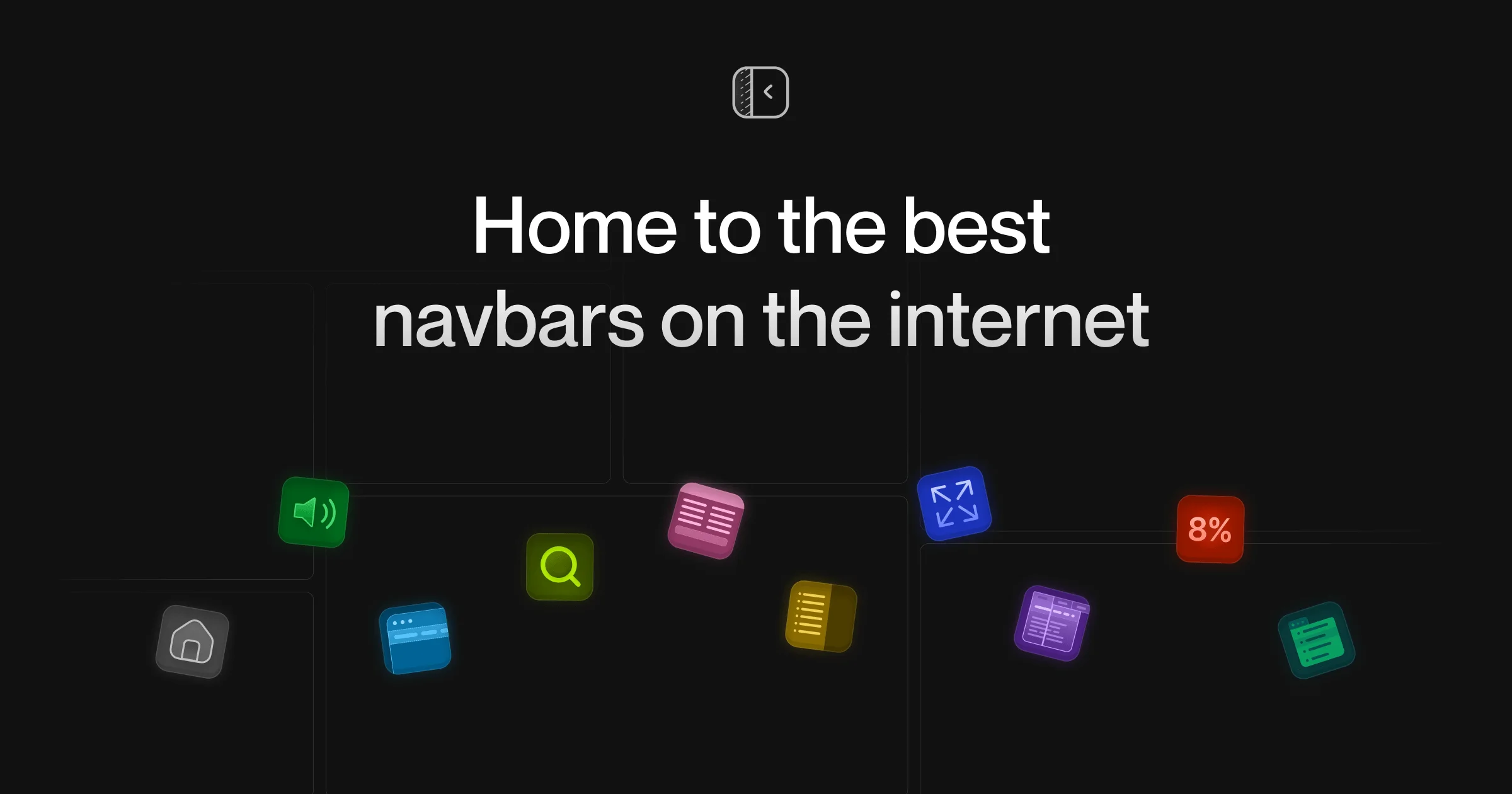Celine Nguyen wrote a piece that connects directly to what Ethan Mollick calls “working with wizards” and what SAP’s Ellie Kemery describes as the “calibration of trust” problem. It’s about how the interfaces we design shape the relationships we have with technology.
The through-line is metaphor. For LLMs, that metaphor is conversation. And it’s working—maybe too well:
Our intense longing to be understood can make even a rudimentary program seem human. This desire predates today’s technologies—and it’s also what makes conversational AI so promising and problematic.
When the metaphor is this good, we forget it’s a metaphor at all:
When we interact with an LLM, we instinctively apply the same expectations that we have for humans: If an LLM offers us incorrect information, or makes something up because it the correct information is unavailable, it is lying to us. …The problem, of course, is that it’s a little incoherent to accuse an LLM of lying. It’s not a person.
We’re so trapped inside the conversational metaphor that we accuse statistical models of having intent, of choosing to deceive. The interface has completely obscured the underlying technology.
Nguyen points to research showing frequent chatbot users “showed consistently worse outcomes” around loneliness and emotional dependence:
Participants who are more likely to feel hurt when accommodating others…showed more problematic AI use, suggesting a potential pathway where individuals turn to AI interactions to avoid the emotional labor required in human relationships.
…
However, replacing human interaction with AI may only exacerbate their anxiety and vulnerability when facing people.
This isn’t just about individual users making bad choices. It’s about an interface design that encourages those choices by making AI feel like a relationship rather than a tool.
The kicker is that we’ve been here before. In 1964, Joseph Weizenbaum created ELIZA, a simple chatbot that parodied a therapist:
I was startled to see how quickly and how very deeply people conversing with [ELIZA] became emotionally involved with the computer and how unequivocally they anthropomorphized it…What I had not realized is that extremely short exposures to a relatively simple computer program could induce powerful delusional thinking in quite normal people.
Sixty years later, we’ve built vastly more sophisticated systems. But the fundamental problem remains unchanged.
The reality is we’re designing interfaces that make powerful tools feel like people. Susan Kare’s icons for the Macintosh helped millions understand computers. But they didn’t trick people into thinking their computers cared about them.
That’s the difference. And it matters.























